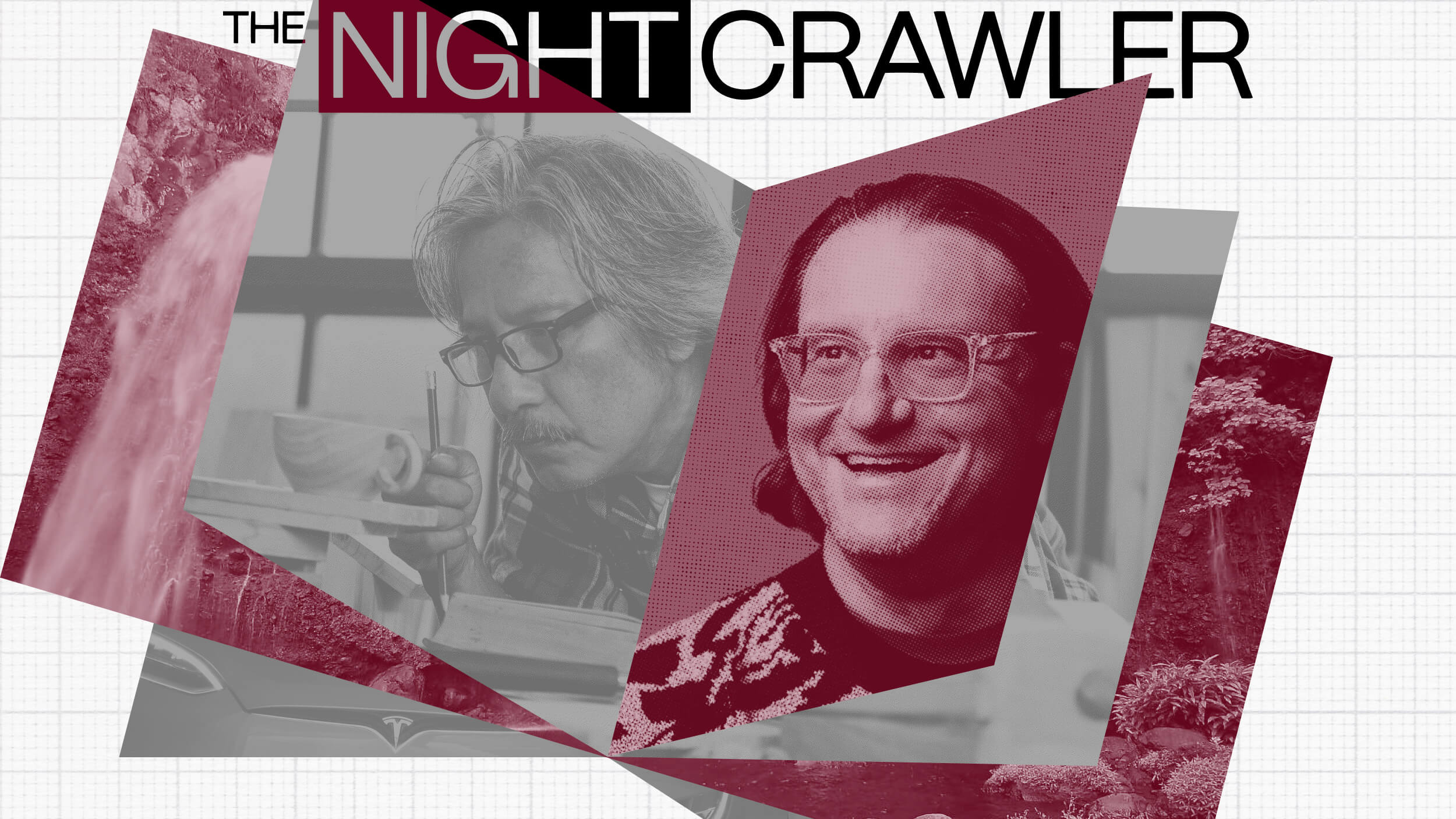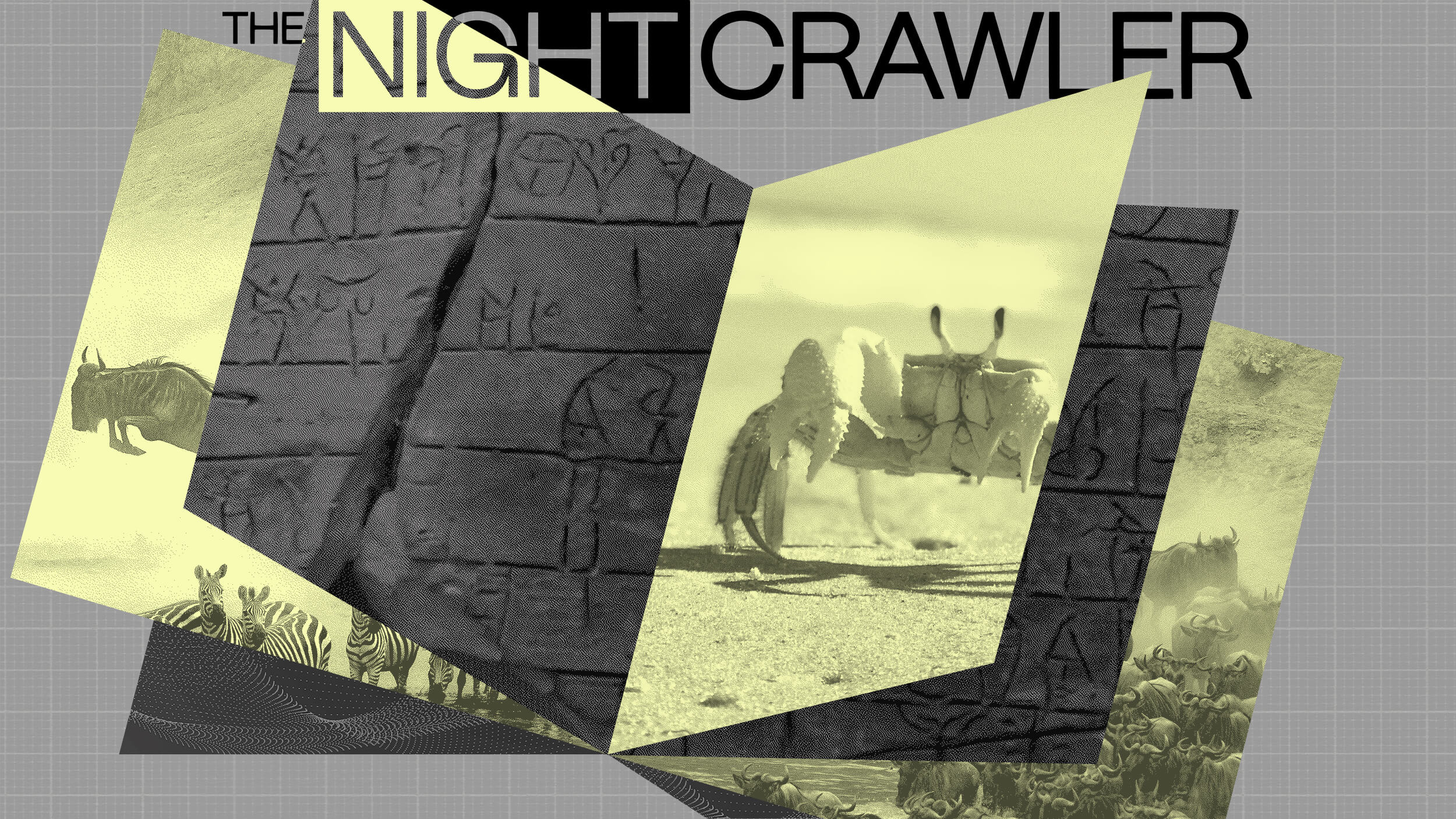What investors can learn from the world’s most resilient shrub

- Main story: The “extremophyte mindset” in business takes its inspiration from plants that thrive in exceptionally harsh conditions.
- The allegory for business leaders and investors is clear: Learn to thrive not despite crisis, failure, or stress — but because of it.
- Also among this week’s stories: The two ingredients of good decisions, why Jerry Garcia would make a great CEO, and “salt shaker theory.”
A couple of years ago, I read a story that Stanford biologists were studying a particular plant — the Schrenkiella parvula — that held a mysterious superpower: a rare ability to thrive in environmental conditions that would otherwise kill 99.99% of its peers. The scientists referred to this type of plant as an extremophyte: a rare species that adapts to draw its strength from challenging circumstances.
Investors and executives, I realized, could learn something from this idea. This week, I published my latest column in Big Think about what I call the “extremophyte mindset” in business. These are companies — many of which I’ve observed in the wild (i.e. the market) — that don’t just endure turmoil; they seem to actively use crises to strengthen their positioning. The allegory for business leaders and investors is clear: Adopt the extremophyte mindset. Learn to thrive not despite crisis, failure, or stress — but because of it.
Key quote: “The extremophyte mindset involves viewing crises not as obstacles but as opportunities for growth. This perspective shifts the focus from merely surviving a downturn to leveraging it as a springboard for transformation. Just as extremophytes use stressors like salinity or drought to trigger growth mechanisms, businesses can use economic downturns, market disruptions, or internal failures to catalyze improvement.”
The two ingredients of good decisions
In last week’s edition of The Nightcrawler, I quoted a decade-old essay on the power of focus in the investment business: “Investors can make a fortune with one brilliant idea per year. Investors can’t do much with 100 superficial ideas per year.” The same idea applies to decisions more generally: one good decision in life — or in business — is far more valuable than 100 mediocre decisions.
Gonçalo Garcia, an investor and writer, recently shared a short column about this idea. He theorizes that there are effectively two main ingredients that are necessary for good decisions to flourish: preparation and patience. “Good decisions need time and timing,” he writes. “They cannot be rushed or impulsive.” His points are simple, but powerful. One, optimize for fewer decisions. Two, ensure they are quality decisions. And three, compound this process over the long-term.
Key quote: “Don’t get me wrong. I think that working hard can be very important — just not as important as making good decisions. Society’s focus on working hard makes historical sense, as in the recent past, the amount of work was closely linked to output. We were once hunter-gatherers: the more we hunted, the more we could expect to eat. Also true with agriculture, fishing, building, etc. But it is outdated.”
Why Jerry Garcia would make a great CEO
I enjoyed this entire conversation between Brian Halligan and Shane Parrish of Farnam Street. Halligan, the founder and former CEO of Hubspot, explores the journey of taking his company public, lessons from Steve Jobs, the different phases he went through as a CEO, and much more.
But perhaps my favorite section of the conversation was Brian’s insistence that Jerry Garcia — yes, the Jerry Garcia of the Grateful Dead — would make a top CEO because he is both a “marketing genius” and “music savant.” “Jerry Garcia is on my Mount Rushmore,” Brian says. He explains:
Key quote: “He really disliked conventional wisdom and rethought everything from first principles, starting with the music. So they started that band in the mid ’60s, and at the time, there were all kinds of rock and roll music, and there was jazz music and country music and bluegrass music, and they didn’t do any of that. They created a new genre of music that people refer to as ‘jam bands’ now. But Garcia himself was a bluegrass player, the bass player was a jazz musician, the keyboard player was a blues guy, and Bob Weir, the singer, was a country rock and roll guy. They blended them all together and they infused this jam band mentality into it, and they really stretched the songs out with improvisation. So they rethought the genre and made a new type of music.”
A few more links I enjoyed:
Avoiding Disaster and Generating Returns While Doing So – via Bruce Berkowitz on The Business Brew with Bill Brewster
Key quote: “In this episode of the Business Brew, host Bill Brewster sits down with the esteemed investor Bruce Berkowitz. They delve deep into Berkowitz’s illustrious career, from his strategies during the financial crisis to his current outlook on various investment opportunities, including midstream energy and Florida real estate. Berkowitz shares anecdotes, personal reflections, and valuable lessons learned over decades in finance. Additionally, Berkowitz emphasizes the importance of due diligence and remaining rational amidst market fluctuations. Don’t miss this enlightening conversation that offers unique insights into the minds of one of the most successful investors in the industry.”
The Analyst’s Code – via Andrew Dickson
Key quote: “There is no holy grail of investing. Any goal of discovering it will be a colossal waste of time. Strategies that work today may not work tomorrow, and tomorrow’s successful approaches may not work today. With your tactics, the best one can hope for is to make the market efficient over several short runs, as opposed to one long run.”
Salt Shaker Theory – via Matt Zeigler (Cultish Creative)
Key quote: “The act of putting the salt shaker back in the center is how we set standards. We accept that it will get moved, but it’s non-negotiable that we are going to move it back to the center no matter what. The center is also easily recognized once pointed out as the place where the salt shaker goes. Putting the salt shaker back publicly is how we ‘show and tell’ our standards and values.”
If greatness cannot be planned, why worry about hindsight? – via Kenneth O. Stanley / Big Think
Key quote: “This insight (relevant both in AI algorithms and the real world) carries significant implications for how we pursue ambitious discoveries. It shows that we absolutely need to allocate some effort towards pursuits that are simply interesting in their own right, even though we don’t yet know or can even try to predict what the payoff might be. In effect, by investing in some pursuits simply because they’re interesting, we are collecting stepping stones that may end up leading to something useful or valuable in the future. So collecting such stepping stones is its own virtue.”
From the archives:
When Markets Are Tough, Don’t Look – via Ben Johnson (2019)
Key quote: “This nugget, in the authors’ own words, is most relevant to this discussion: ‘The longer the investor intends to hold the asset, the more attractive the risky asset will appear, as long as the investment is not evaluated frequently.’ The further we remove ourselves from the inexplicable day-to-day gyrations of the market, the less risky we will perceive our investments to be. This, in theory, should help us to stay the course.”
Nightpixels:
5 Charts Showing How Digital Video is Giving Rise to Massive Ad Platforms





